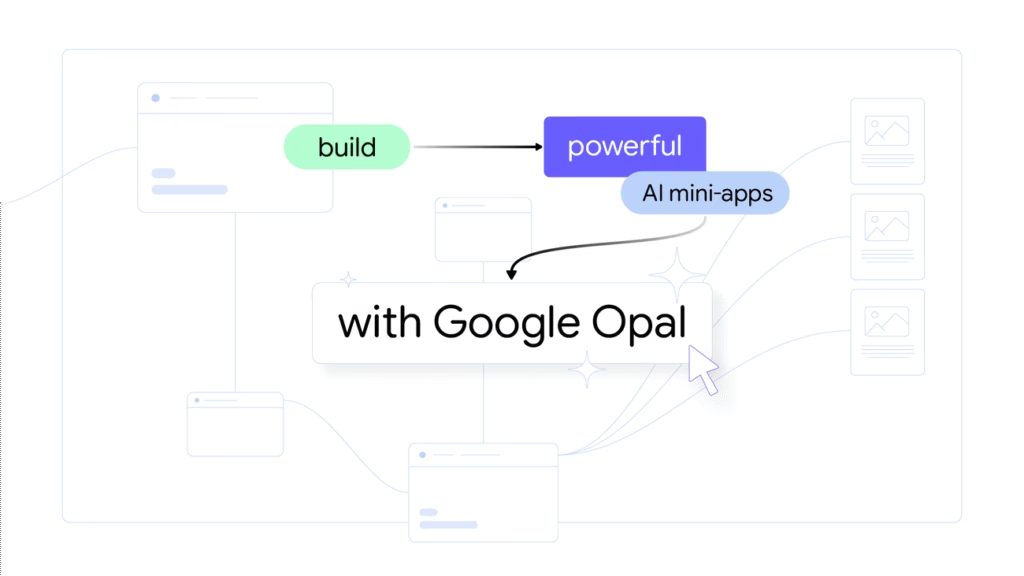Google has announced that its AI-powered app creation tool, Opal, is now available in 15 new countries, including India, Canada, Japan, and Brazil. Opal is designed to let anyone — even without coding knowledge — build simple web apps using just text prompts.
How Opal Works
Creating an app with Opal is straightforward:
-
Users start by writing a natural language description of the app they want.
-
Google’s AI models generate the first version.
-
A visual editor lets users review the app’s workflow, tweak the prompts, or add new steps.
-
Once ready, the app can be published to the web and shared with others via a link.
This makes it a fast and accessible way to prototype or share tools without touching a single line of code.
New Features and Improvements
With the global rollout, Google has also improved Opal’s performance and usability:
-
Faster generation times, so apps build more quickly
-
A no-code debugging tool, allowing step-by-step checks to find and fix errors easily
-
Support for parallel execution, letting complex workflows run multiple steps at once for greater efficiency
Why It Matters
By expanding Opal, Google is stepping into the fast-growing market of no-code and low-code platforms, competing with tools like Canva and Figma that focus on empowering creators.
According to Google, the decision to expand was inspired by the “sophisticated, practical, and highly creative” apps built by early users in the U.S. The company believes making Opal available globally will give more people the chance to turn their ideas into shareable web apps.
The Bottom Line
With its text-to-app approach, easy visual editing, and new debugging tools, Opal lowers the barrier for non-developers to create functional web apps. Now, with its presence in more countries, Google is betting big on making AI-powered creativity and productivity tools available to a much wider audience.


